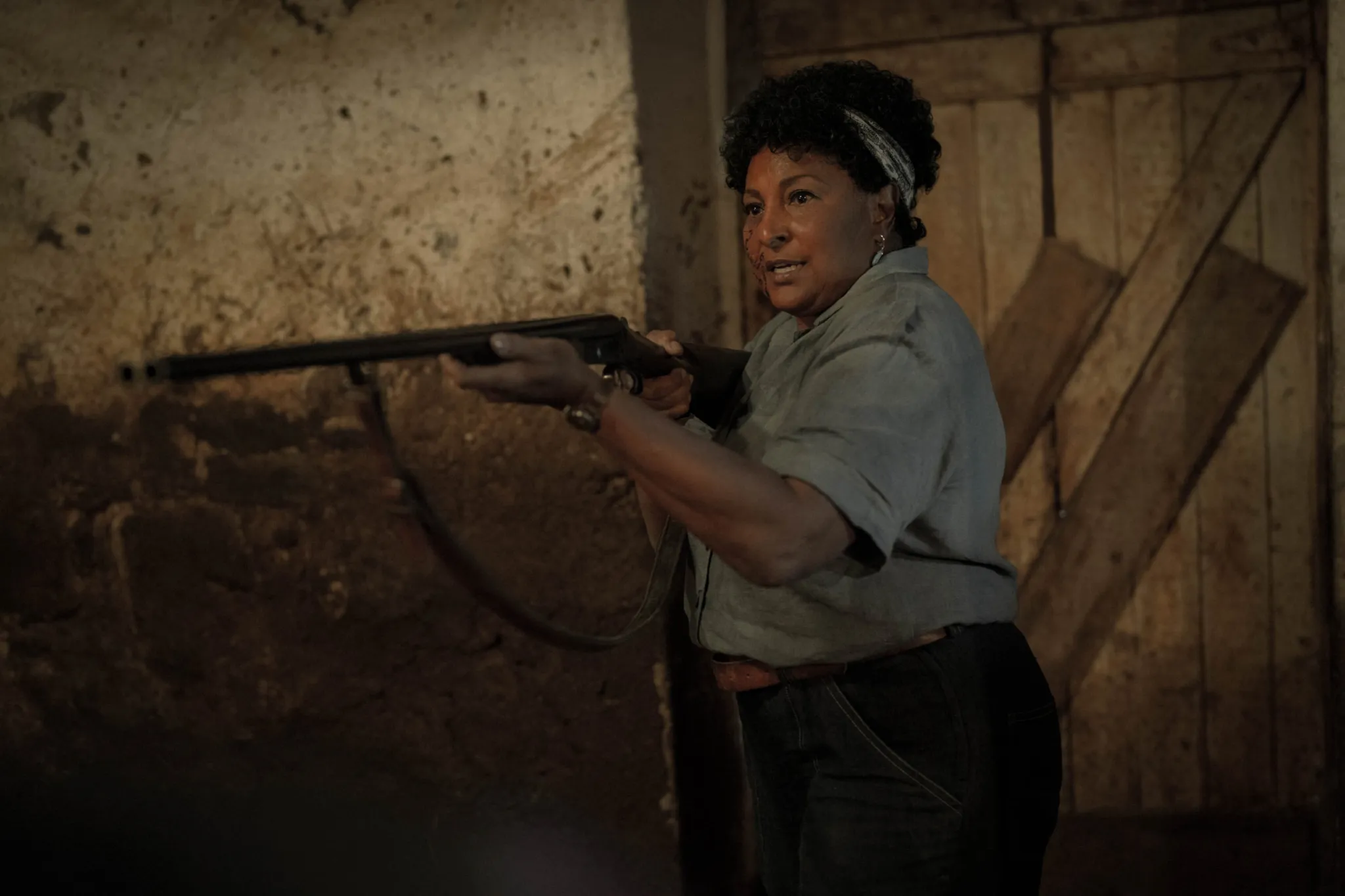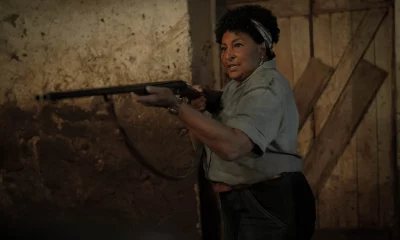Reviews
‘Pet Sematary: Bloodlines’ Prioritizes Chills Over Narrative

In Stephen King’s 1983 novel “Pet Sematary,” long-time Ludlow resident Jud Crandall shares the town’s history with the cursed burial ground. “Pet Sematary: Bloodlines,” the prequel to the 2019 remake, delves into some of that history with a primary focus on delivering thrilling scares and serving as a stark reminder that Jud Crandall’s words hold true: sometimes, the dead are better off left undisturbed.
Writer/Director Lindsey Anderson Beer, co-writing with Jeff Buhler, transports the prequel to 1969, introducing a young Jud Crandall (Jackson White), who plans to leave Ludlow behind alongside his longtime sweetheart, Norma (Natalie Alyn Lind). Jud, despite his inability to comprehend how he has escaped the Vietnam War drafts, senses a hidden malevolence corroding the town’s roots, an evil eager to spread its darkness throughout Ludlow. The evil becomes palpable when Bill (David Duchovny) buries his son Timmy Baterman (Jack Mulhern) in the accursed burial ground.
The film wastes no time immersing viewers in horror. It swiftly resurrects the deceased before pausing briefly to introduce key characters and then plunges back into the horror narrative. “Bloodlines” hints at themes of generational curses, exploring how Ludlow’s founding members and their encounter with evil burdened their descendants. Regrettably, it barely pauses to delve into these themes, including Jud’s aspiration to escape Ludlow and the privileges he enjoys due to his devoted parents (Henry Thomas and Samantha Mathis).
The film relies heavily on loud, abrupt auditory jump scares to maintain tension. While these sudden shocks effectively jolt the audience, they cannot compensate for the lack of atmosphere and genuine suspense. Timmy Baterman’s story in the source novel is a spine-tingling, eerie piece of Ludlow’s history. However, in “Bloodlines,” Mulhern portrays Timmy as more of a disturbed individual with a shattered psyche resulting from war and violence, rather than a hollow shell manipulated by a sinister force.
As the narrative fills in the gaps of the source story, it becomes less integrated into the overarching storyline. This prequel prioritizes inducing scares over adhering to a tidy canon, relying on familiar characters and settings to elicit fear. The film’s rapid editing and cuts create the sense that much of the story ended up on the cutting room floor, leaving a condensed version as the final cut. Minor plot threads are abandoned, and some are hastily resolved. Ultimately, the prequel fails to establish a meaningful connection between the younger Jud and his older self. Additionally, it underutilizes the talents of David Duchovny and Pam Grier, both captivating actors.
A brief sequence delving further into Ludlow’s history injects some life into the film and hints at a potentially more intriguing prequel. However, overall, “Bloodlines” relies on familiar simplicity to introduce a series of sinister encounters and acts of violence. While it effectively navigates these horror sequences, delivering ample gore and shocking deaths, the film may offer spooky season fun for those unattached to King’s original story. Nevertheless, devoted readers and fans of the source material may find themselves echoing the sentiment that “sometimes, dead is better.”














